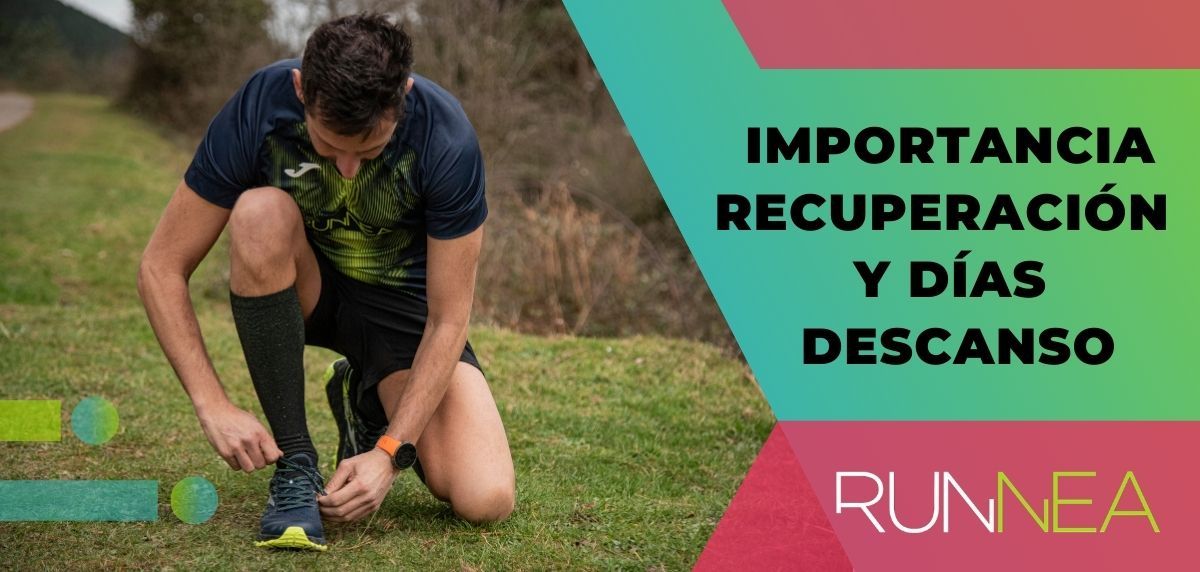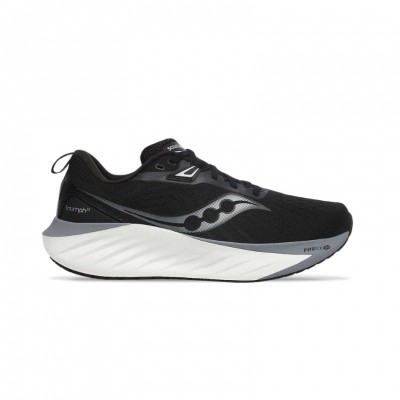We admit that it sounds like a real cliché, and that the maxim "rest is as important as training and/or racing" has been heard and read by many people. However, there is a reason for it, and both recovery and rest are part of a whole to complete your training plan as a runner. And that regardless of your level and the sporting goals you have in mind to overcome. Therefore we touch on the concept of active/passive recovery, as well as the use of sports supplementation. In Runnea we will tell you the keys to its importance for you to be able to progress. Or in other words, to run more and better.
The argument is obvious, but it is necessary to make it clear:
The time you spend NOT RUNNING has a direct impact, even if you find it hard to believe, in that improvement and evolution that also involves increasing the volume of kilometers and training sessions planned.

Rest and recovery workouts in your training plan.
A common problem that all runners have, whether we are beginners or more experienced athletes, is that many of us are obsessed with running, training and competing, and we do not see beyond that. In fact, in many occasions, and although we are aware of it, rest and recovery are put on the back burner, and we even downplay the importance they deserve.
There is no doubt that the most effective formula for recovery and rest is to schedule those days in the training plan itself. Now, those days off when you don't lace up your Running shoes and break a sweat doesn't mean you're lying on the couch, although it could. The latter would fall into the campo of passive recovery, and where you would be doing absolutely no physical activity at all.
Hence when we talk about recovery training we also incorporate that concept of cross-training. That is, even if you don't run, you can stay active by doing other sports disciplines, such as cycling, paddle tennis, yoga, spinning or swimming, among others.
- You may be interested in: Cross training plan is it for me?
It is also true that these recovery workouts can also include light and gentle running, after running a marathon, for example, and even quality workouts such as speed series. However, always, and at all times, control the intensities, which should be rather light and bearable, reducing the distance and pace of jogging, because the purpose is based on not compromising recovery, and, of course, minimizing the risk of injury.
Keep in mind that resorting to low and/or no impact activities contribute to a faster recovery, and therefore to be better prepared for your next sporting challenge. And what we are telling you is not just nice and simple talk, but also has its scientific rigor, because it is proven that these days of rest or active recovery, the whole compendium of our muscles, tendons, ligaments and joints are strengthened. But not only that, our own organism is also capable of increasing the amount of mitochondria, the ones in charge of providing energy to our cellular system.

Practical example of a training plan with programmed breaks
And from theory to practice...hypothetical case that could be from a real training, advised by our experts and coaches from Academy Win, Runnea's online training platform.
- You might be interested in: Running a marathon for the first time: am I really ready?
You are preparing for a major challenge such as running a marathon or a half marathon. Long distance enters the picture. To that effect your training plan may be structured as follows with four training sessions per week, and you rest two days.
Those four training days would be composed of sessions in three processes:
- Warm-up (jogging, mobility and progressives).
- Routine (changes of pace)
- Cool down (jogging and stretching)

Example of a routine

Example of progressives

All this weekly planning leaves you with a balance of four training days and three rest days. Ideally, it is best to organize your training day with a rest day in between. And it can also be logical that when you finish the week with a long run on Sunday, when you start the training sessions of the following week you should do a softer and lower intensity training session. Although this is also a function of your needs and goals. And of course, on those alternate days when it's time to rest, you can -and should- use cross-training, looking for low-impact exercises that allow you to recover.
Invisible training, another indispensable facet of your workouts
It is also a truism, but there is one more thing that is also associated with the whole issue of the training plan, and incorporating recovery and rest sessions. It is clear that the matter in question would require a specific post, but it is also really essential to pay attention to the invisible training, that which is not seen, but is noticed and felt when it comes to improving and progressing as a runner. What sections come into play here? Of course, a healthy and wholesome nutrition; good hydration; visiting the physiotherapist; as well as good habits in our lifestyle, such as, for example, the facet of sleep, because they are fundamental sections for an optimal and fast recovery.
- You may be interested in: Invisible training, the difference between being a good athlete or the best.
So, putting the accent on "How to take care of yourself after training", we take the example of a legend of national athletics as Martin Fiz, World and European Marathon Champion. As the tireless athlete from Vitoria-Gasteiz says: "Success is in the small details, and it's not only about training, but also about post-training. In what you do when you finish running".
In addition, and as Martín Fiz himself advises, during the recovery phase it is also a good alternative to resort to vitamin supplements "to alleviate fatigue or deficiencies that our body is not capable of generating on its own, and needs help to regenerate and recover more quickly from the physical effort made".

In this specific case of vitamin supplements, the 1997 Prince of Asturias Award for Sports bets on the complete range of Vanir Health products, focused on taking care of muscle and joint health, as well as contributing to energy supply. But as we have also talked about the need for hours of sleep, Vanir Dream is the supplement chosen by Martin Fiz to enjoy a restful rest, as it contains a series of natural relaxants such as melatonin and tryptophan, among others. Something that will help you recover the vitality lost due to fatigue and the physical demands of training.
With all this, you have to be clear that being a runner involves much more than running, and you must take care of all those facets that surround your training plan, and that in most cases are not seen.
Read more news about: Running Training






















